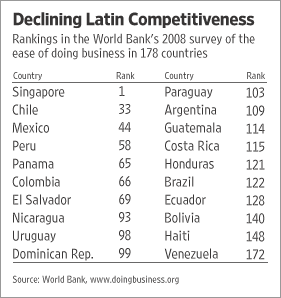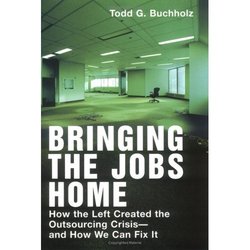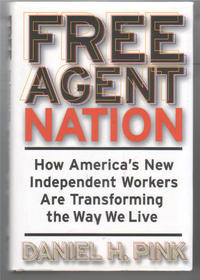In discussing the process of creative destruction, Schumpeter mentioned both product and process innovations. By far the greater attention has been given to product innovations. But maybe process innovations deserve more attention than they have received:
Snazzy products are the stuff of legends, romanticized by “early adopters” and skewered by neo-Luddites. Yet while these products bring glory to companies, novel processes are often more important in keeping the cash registers ringing.
. . .
Consider the question of Google’s greatest business secret. Is it the algorithms behind its search tools? Or is it the way it organizes vast clusters of computers around the globe to answer queries so quickly? Perhaps predictably, Google won’t disclose the number of computers deployed in its vast information network (though outsiders speculate that the network has at least 450,000 computers).
I believe that the physical network is Google’s “secret sauce,” its premier competitive advantage. While a brilliant lone wolf can conceive of a dazzling algorithm, only a superwealthy and well-managed organization can run what is arguably the most valuable computer network on the planet. Without the computer network, Google is nothing.
Eric E. Schmidt, Google’s chief executive, appears to agree. Last year he declared, “We believe we get tremendous competitive advantage by essentially building our own infrastructures.”
Process innovations like Google’s computer network are often invisible to the public, and impossible to duplicate by rivals. Yet successful companies realize that maintaining competitive advantage depends heavily on sustaining process innovations.
For the full commentary, see:
(Note: ellipsis added.)


 Source of table: online version of the WSJ article cited below.
Source of table: online version of the WSJ article cited below.







